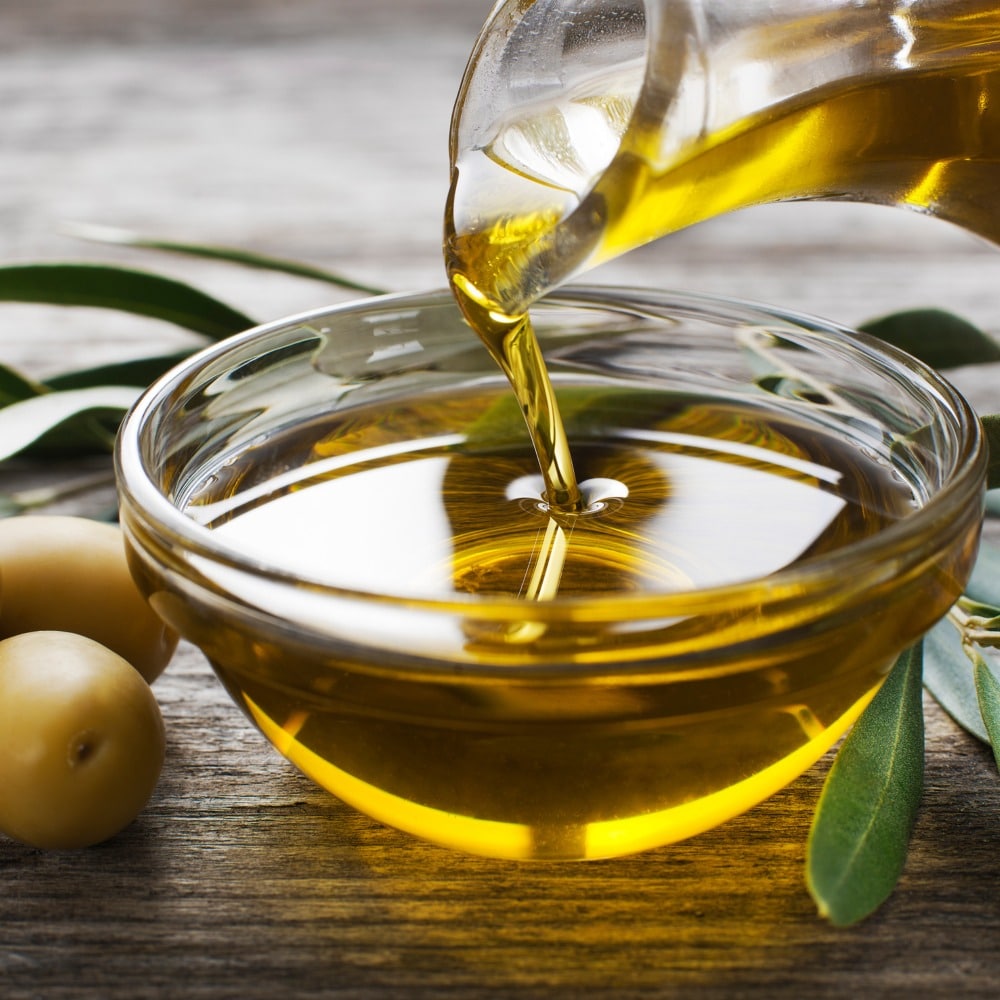How to Pick the Healthiest Olive Oil
For decades we’ve known about the benefits of the “Mediterranean diet” (fresh fruits and veggies, fish, whole grains, red wine, and olive oil). Modern science tells us that of those foods, olive oil appears to have perhaps the biggest impact on our health–but not just any olive oil!
Yes, we should always buy organically grown, extra virgin oils (EVOO), but that is far from the whole story when it comes to selecting the healthiest olive oil.
Read on for tips on buying the healthiest olive oil, our very favorite brands, and how to eat it to ensure you’re enjoying all of the health benefits this super food offers!
High Phenols Mean the Healthiest Olive Oil
What we should really be seeking in our olive oils is those that have high levels of health-producing high-phenolic compounds. Two of the very best are oleocanthal, a natural anti-inflammatory agent, and oleacein, a potent antioxidant.
Some of the benefits of polyphenols include:
As you can tell, high-phenolic olive oils are not only food, they are also medicine. But polyphenols degrade over time, so the higher the parts per million (ppm) of polyphenols is at bottling, the more polyphenols will remain in the bottle over time.
Optimally, you want olive oil that is less than one year old, but when properly stored (cool, dark place–but not the fridge), you could stretch that a bit if the ppm is very high to start with. The oil should also be bottled in dark glass to discourage UV degradation.
How to Identify High-Phenol Olive Oil
High-ppm olive oil has a pleasant peppery after-taste. If your olive oil has absolutely zero peppery burn to it, it’s likely that it has very low polyphenol levels, and is thus not the healthiest olive oil (although still not harmful).
There is an age-old custom of tasting the olive oil and seeing if it’s a one-cough, two-cough, or three-cough olive oil. Sensors found mainly in the human throat—but not the mouth—latch on to a chemical found in high-ppm olive oils. Coughs can indicate high phenolic content. This “cough test” is probably the easiest way to tell if the oil you’re eating has a high phenol level.
It is important to note that phenolic content will vary from year to year from the same manufacturer. However, if you buy a good quality brand of olive oil, it should have high polyphenols. Some olive oil manufacturers publish their ppm scores and/or harvest dates either on the bottle or online. These are typically the healthiest olive oils.
Is the Healthiest Olive Oil Filtered or Unfiltered?
There is one last consideration to keep in mind when selecting the healthiest olive oil–and this is filtered versus unfiltered oil. Unfiltered oil retains minute particles of the fruit in the oil. These particles can contain certain beneficial nutrients. But those particles of fruit also rot, causing the oil to lose polyphenols much more rapidly than filtered oil might.
Bottom line: if you can get very, very fresh unfiltered olive oil, you may gain some health benefits. But if you, like most of us, don’t have access to super fresh oils, it’s probably better to stick with filtered oils.


37 comments
Francisco paqueton
anyone familiar with Vassalakis estate evoo?, loved its taste
MANDAGUEVOS
found hyperreleon gold in box that i forgot i bought about 1 yr ago,opened it and extremely bitter on throat,wow will buy again,also i use pamako,and mostly greek evoos.
Bala1505
Any thoughts on Olio Organic Extra Virgin Olive Oil???
Louise Gulartie
I have just placed an order and can’t wait for my first shipment! After doing basic research on high polyphenol content, I realize I don’t know what an appropriate daily dosage is for health purposes,,,,a teaspoon, a tablespoon, or is it dependent on the weight of the person? Any guidance would be appreciated. And thank you!
Bobbie Sena
I buy HEB central market extra virgin olive oil for $9 a bottle. Is it safe and healthy? It does have a peppery tamng and it is delicious.